Colosseum: Rome’s Ancient Sight To Behold
Mention Rome and the Colosseum typically ranks high on must-visit lists of many travellers. The ancient amphitheatre, which is grandly adorned with stately Corinthian columns, is synonymous with the eternal city. Find out how you can make the most of your trip to the Colosseum.
When in Rome…
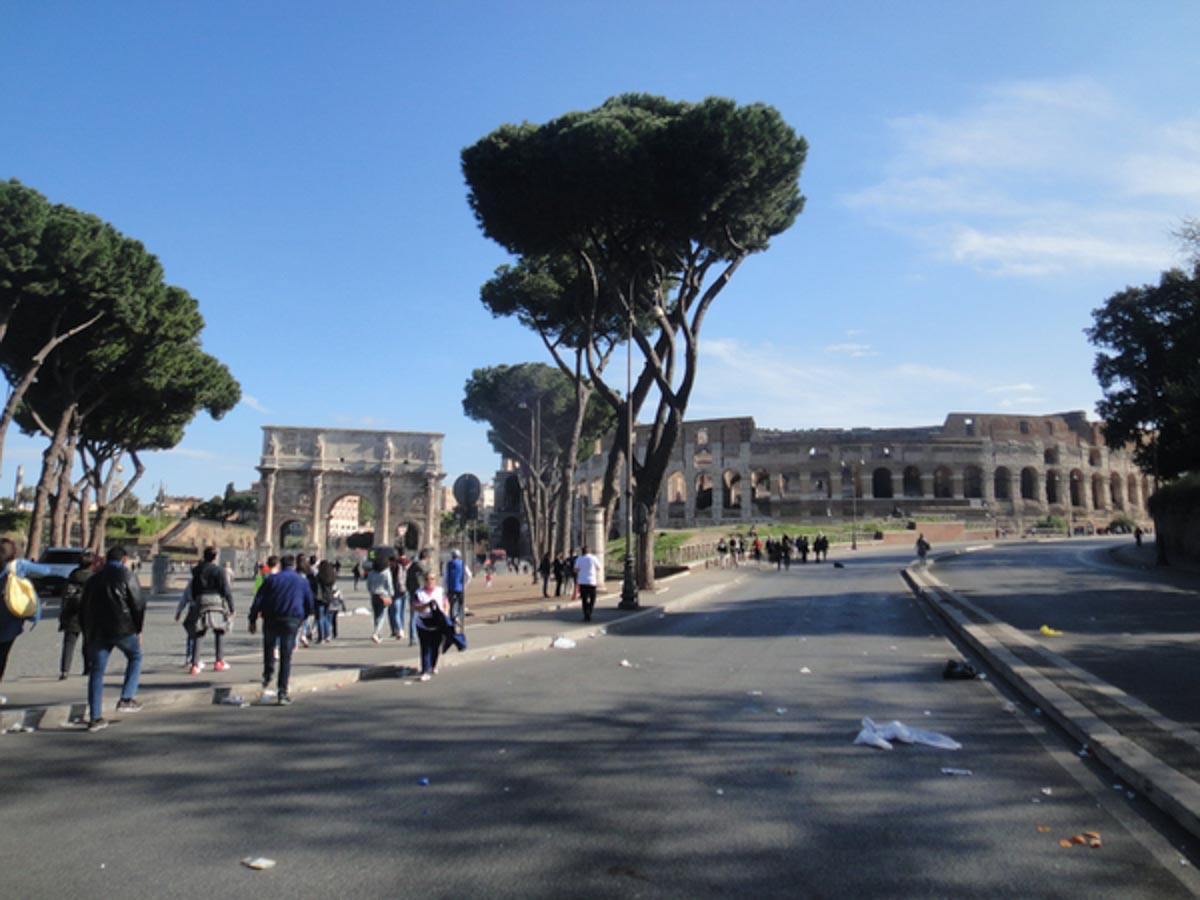
10 am: Colosseum, here I come!
Kill two birds with one stone by squeezing in another attraction en route. Leading to the Colosseum is the Arc of Costantino, a 13th-century triumphal arch erected in honour of Emperor Constantine I. Take a leisurely 7 minute stroll from Circo Massimo Metro Station to the Arc.
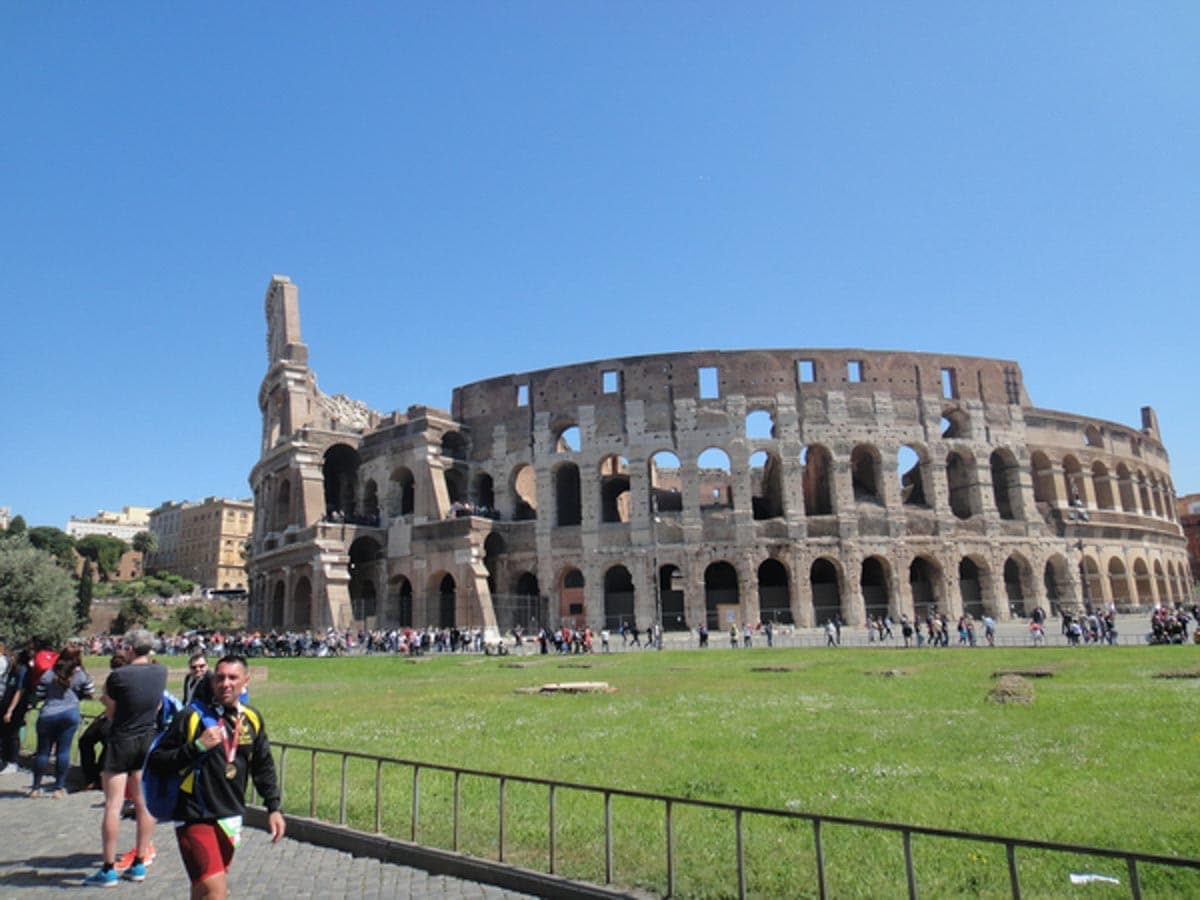
10.30 am: Get your e-ticket ready
There are no specific entry timings but the rule of the game is the earlier the better. The Colosseum is a major tourist attraction that attracts hordes of visitors. Look out for a snaking queue that can stretch up to 100 people during peak hours. There are no separate lines for purchasing tickets and those who have booked their tickets online.
Why the long wait? The majestic amphitheatre, which opened in AD80 in the Roman Empire, is structurally fragile and can only accommodate up to 3,000 visitors at one time and there are lengthy security checks to go through. Ignore “tourism officials” who are dressed in suits and will attempt sell “fast-pass tickets”. All tickets should be bought online (here) or at a counter at the end of the queue.
11 am: Getting into the Colosseum
Much as the Colosseum is a sight to behold, it is a shadow of its former self as it has been damaged over the years by neglect and theft. A healthy dose of imagination is required so it is best to opt for either an audio guide (6 Euros) or a group tour (5 Euros). I opted for an English language group tour that lasted 45 minutes around the compounds.
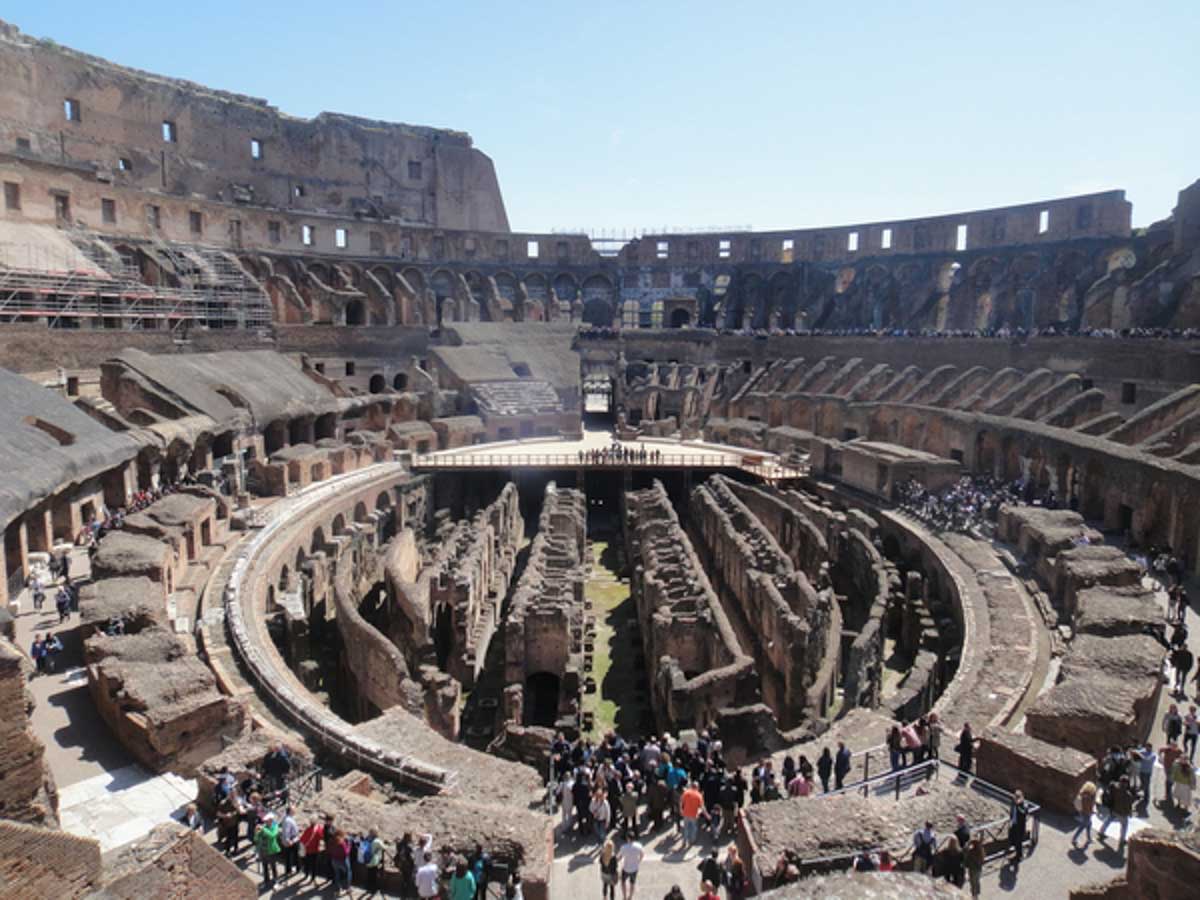
11.15 am: Let the tour begin
My tour guide gave a group of five of us a brief history: The Colosseum, which was commissioned by Emperor Vespasian in AD72, once hosted grisly gladiatorial combats and bloody animal fights for the viewing pleasure of the Emperor and wealthy citizens. We climbed a steep flight of stairs and were brought to one of the 80 arched entrances in the magnificent arena. The high number of arched entrances allowed the 55,000 spectators to move freely and take their seats within 10 minutes of their arrival, explained the guide.
We walked along the circumference of the interiors of the Colosseum and were told that the audiences were segmented according to their standing in society. Look out for a cross, which marks the podium where the emperor and upper class had seats. Best to take photos from this vantage point as it gets more congested at the bottom levels.
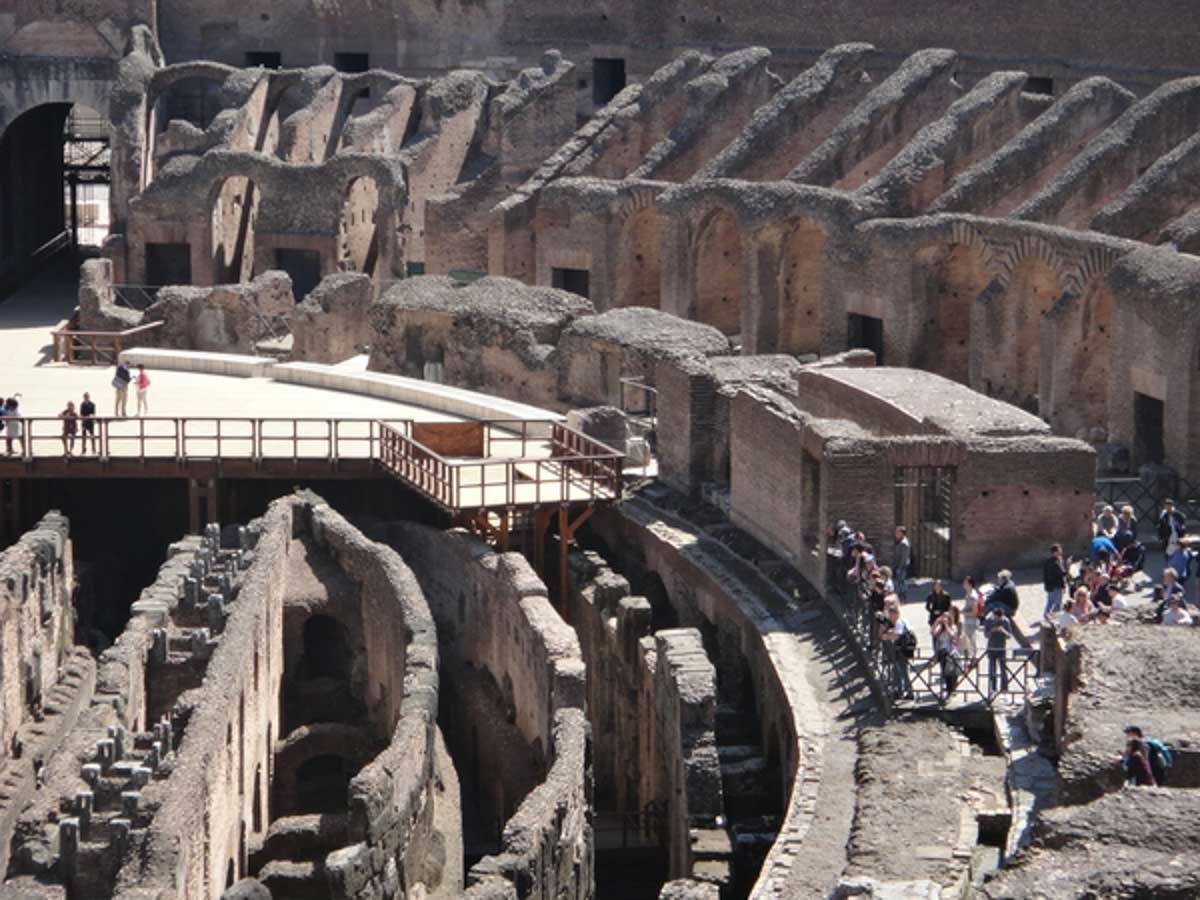
Head down for a closer look at the arena and the labyrinth of rooms and passages that lies beneath. Gladiators, usually slaves, criminals or prisoners of war, were often fought to each other’s death in those brutal matches. A wounded gladiator would have his fate decided by the crowd’s cheering (or jeering). Animals, such as elephants, lions and zebras were brought in to compete with gladiators or against each other.
I was wowed by the complex underground network that included animal cages and lifts that ferried animals up to the battleground. Archers were stationed outside the cages in case any animals escaped. I could only imagine how intricate the system was centuries ago by staring at the outlines of the walled compartments that are still standing today.
As I snapped photos around the Colosseum, grim thoughts of the eerie bloodbath, the clanking of the gladiator suits and roars of the lions flooded my mind. Then, a roar emerged from my stomach. Perhaps it is time for lunch.
Where to eat: Restaurants near the Colosseum
Go to InRoma ( 56 Via dei Fienili) for their scrummy Carbonara, buffalo mozzarella and tiramisu in this popular quaint restaurant. If you want a quick bite, sandwiches and coffee can be bought from Gran Caffe martini e Rossi (Piazza del Colosseo, 3), which is located a three-minute walk from the Colosseum.
Where to stay
Rome Times Hotel. Located less than 2km from the Colosseum is this contemporary chic boutique hotel that has a rooftop garden. The hotel is less than a 10-minute walk away from other major tourist sites like Trevi Fountain and Piazza di Spagna and is a stone’s throw away from the renowned shopping belt of Via Nazionale.
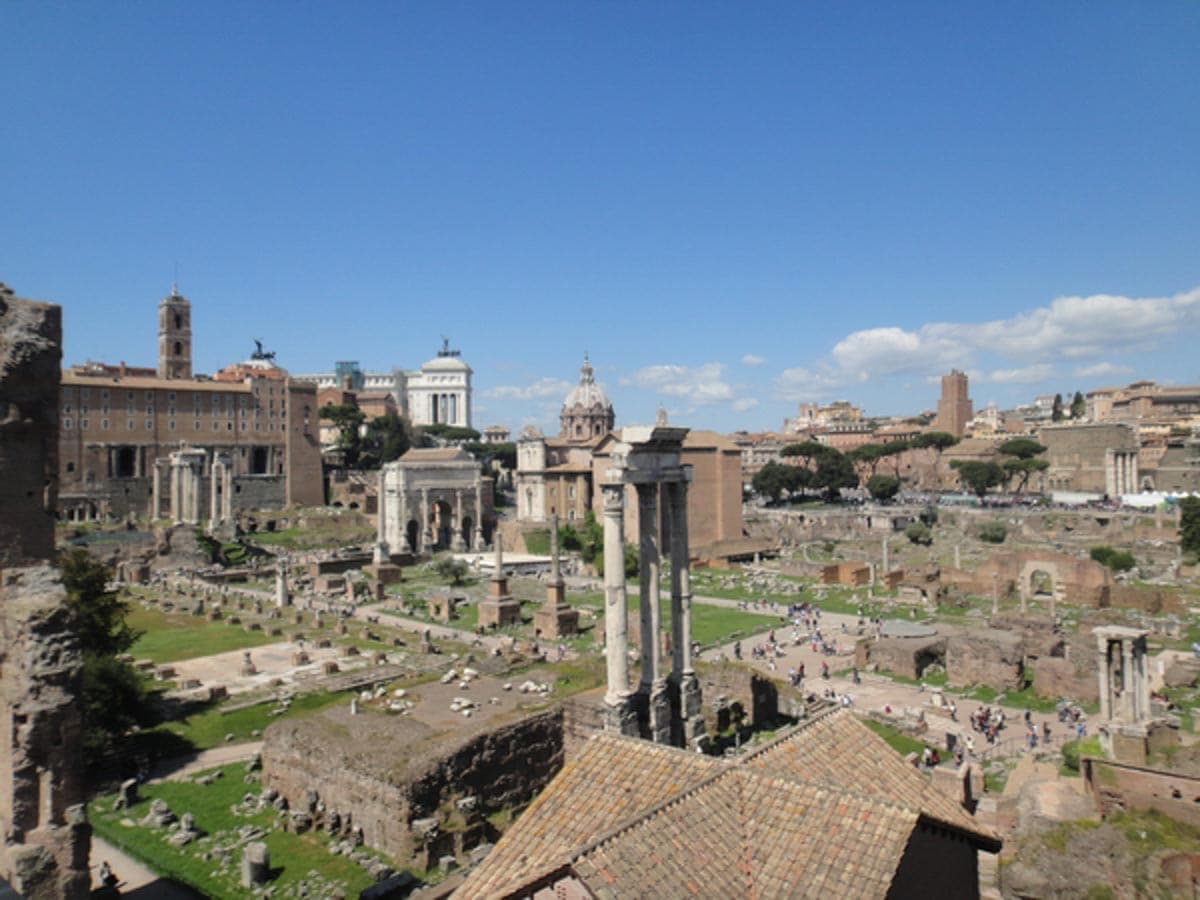
Bonus Tips
Visit the Palatine, which is located next to the Colosseum. You can gain entry from the Colosseum ticket.
The Palatine is regarded the most famous of Rome’s seven hills and was a very desirable neighbourhood to live in. It was home to Rome’s famous inhabitants such as the renowned orator, Cicero and Augustus before he became emperor. Among the ruins on the sprawling grounds are landmarks like the Roman Forum, which was the centre of political, commercial and judicial life in ancient Rome. Sights include the Temple of Saturn which now has eight surviving columns, Arch of Titus and Basilica of Constantine and Maxentius.
More Articles With Activities
From Turkey to Vietnam, these are the best breakfasts from around the world. (It is the most important meal of the day, after all.)
Thrill seekers take note, these pulse-quickening adventures will inspire conversation fodder for years to come—as well as plenty of amazing photos for your Instagram.
